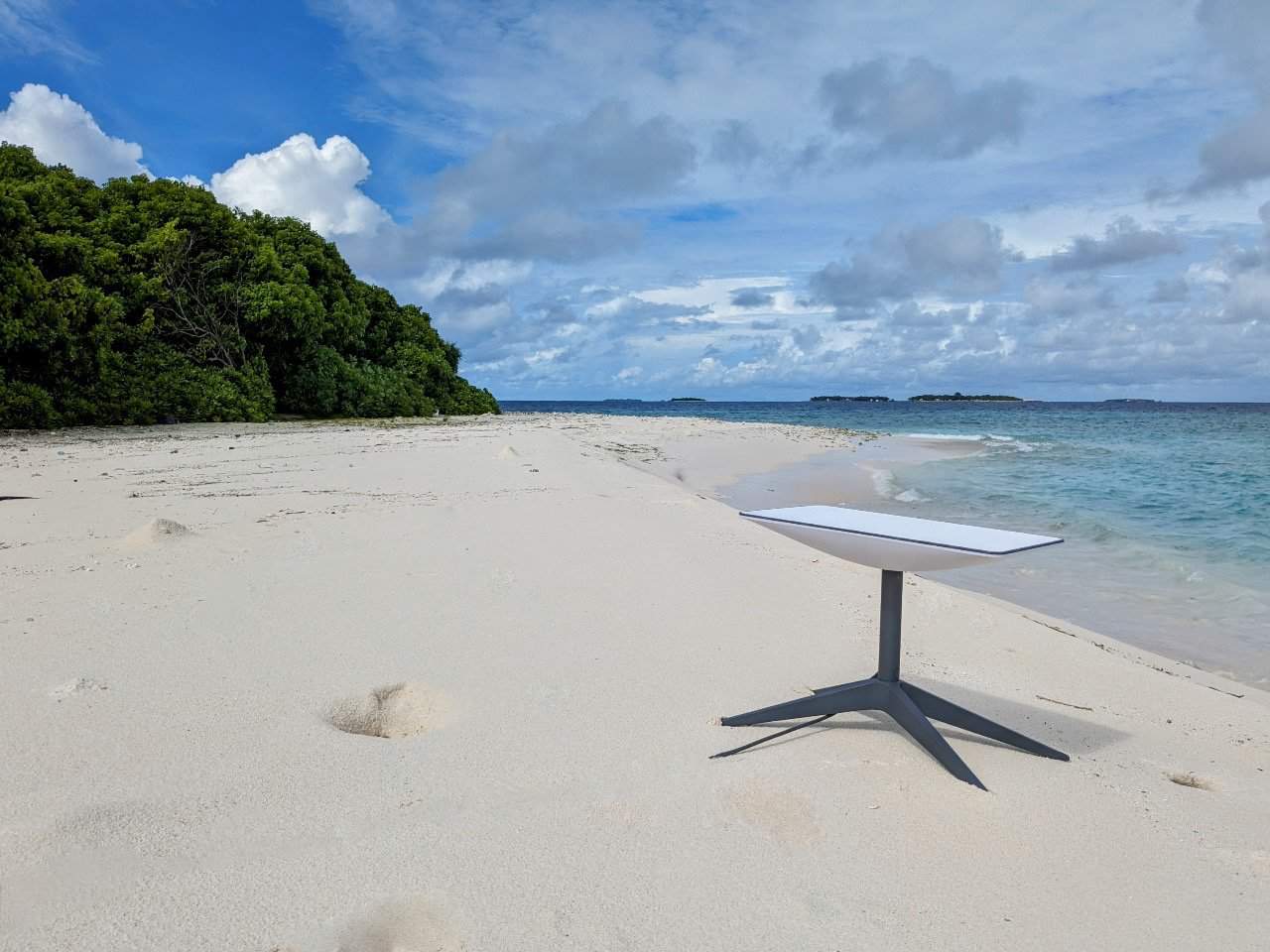But experts say it's not the sole solution
In the vast expanse of the Pacific, where connectivity challenges have persisted for decades, the arrival of Starlink, Elon Musk’s satellite internet venture, is creating high excitement and expectations, particularly in remote areas where terrestrial infrastructure is limited.
Papua New Guinea recently granted a business licence to Starlink. Late last year, Fiji gave the company a spectrum licence, with Deputy Prime Minister Manoa Kamikamica describing it as a “game changer”. Other . . .
Please Subscribe to view full content...
